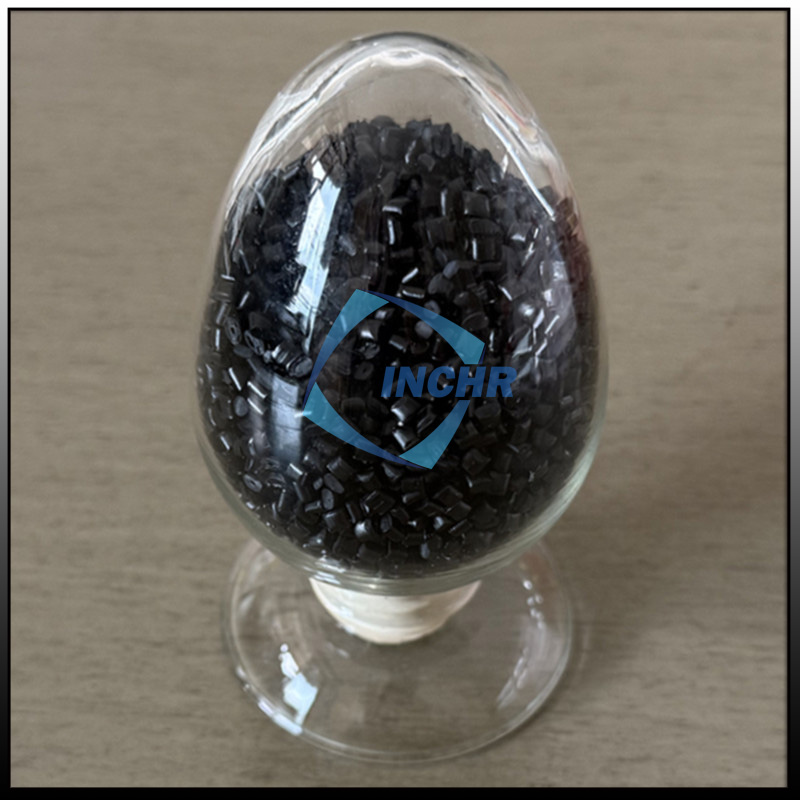Carbon Fiber Reinforced Nylon: The High-Performance Composite Redefining Modern Engineering
In an era where industries demand materials that are both lightweight and extraordinarily strong, carbon fiber reinforced nylon (CFRN) has emerged as a frontrunner. This advanced composite blends the versatility of nylon with the unmatched strength of carbon fibers, creating a material that’s reshaping everything from electric vehicles to wearable tech. But what makes CFRN truly revolutionary? This article explores its unique properties, groundbreaking applications, and the innovations driving its adoption across sectors.

What Makes Carbon Fiber Reinforced Nylon Unique?
Carbon fiber reinforced nylon is a thermoplastic composite where carbon fibers (typically 10–40% by weight) are embedded into a nylon matrix. Unlike traditional metals or unreinforced plastics, CFRN offers a rare combination of:
Exceptional Strength-to-Weight Ratio: 50% lighter than aluminum yet with comparable tensile strength.
Superior Thermal Resistance: Withstands temperatures up to 200°C, ideal for under-the-hood automotive parts.
Enhanced Durability: Resistant to abrasion, chemicals, and fatigue, even in harsh environments.
Design Flexibility: Compatible with injection molding, CNC machining, and 3D printing.
But CFRN isn’t just about raw performance—its adaptability in manufacturing processes and recyclability make it a sustainable choice for forward-thinking industries.
Cutting-Edge Applications of Carbon Fiber Reinforced Nylon
1. Aerospace: Lighter, Faster, Safer
The aerospace industry thrives on weight reduction. CFRN is used in:
Drone Propellers: High stiffness minimizes vibration for stable flight.
Satellite Components: Radiation-resistant brackets and housings.
Aircraft Interiors: Flame-retardant seat frames and overhead bins.
Companies like Boeing and Airbus are testing CFRN for non-structural parts to reduce fuel consumption without compromising safety.
2. Electric Vehicles (EVs): Powering the Future
EV manufacturers prioritize lightweighting to extend battery range. CFRN shines in:
Battery Trays: Lightweight, thermally stable enclosures for lithium-ion cells.
Motor Mounts: Vibration damping for quieter, more efficient EVs.
Charging Ports: Durable, heat-resistant designs for fast-charging systems.
Tesla and Rivian have patented CFRN-based components to shave kilograms off their next-gen models.
3. 3D Printing: Precision Meets Strength
CFRN filaments are revolutionizing additive manufacturing:
End-Use Parts: Functional gears, hinges, and robotics components.
Custom Prosthetics: Lightweight, patient-specific medical devices.
Tooling: High-strength jigs and fixtures for factories.
Printers like the Markforged X7 can layer continuous carbon fibers within nylon, achieving near-metal strength.
4. Consumer Tech: Sleek and Resilient
From smartphones to wearables, CFRN delivers:
Unibody Laptop Casings: Thin, lightweight designs with military-grade drop resistance.
Smartwatch Bezels: Scratch-proof, EMI-shielded frames.
VR Headsets: Ergonomic, durable designs for immersive experiences.
Sustainability: How CFRN Supports a Circular Economy
While carbon fiber is energy-intensive to produce, CFRN’s longevity and recyclability offset its footprint:
Recyclable Matrix: Nylon can be melted and reused in closed-loop systems.
Extended Lifespan: CFRN parts outlast metals and standard plastics, reducing replacement waste.
Bio-Based Innovations: Companies like Arkema are developing nylon derived from castor oil, paired with recycled carbon fibers.
Challenges and Solutions in Carbon Fiber Reinforced Nylon Adoption
1. Cost Barriers
Carbon fiber remains expensive, but advancements in manufacturing (e.g., automated fiber placement) are lowering prices. Hybrid composites with glass fiber offer a budget-friendly alternative for non-critical parts.
2. Anisotropic Behavior
CFRN’s strength varies by fiber orientation. Solutions include:
Simulation Software: Tools like ANSYS predict stress points for optimized designs.
Multi-Axis 3D Printing: Ensures fibers align with load paths.
3. Surface Finish Limitations
Post-processing techniques like vapor polishing or epoxy coatings enhance aesthetics for consumer-facing products.
The Future of Carbon Fiber Reinforced Nylon: 3 Trends to Watch
AI-Optimized Composites
Generative design algorithms create lattice structures that maximize strength while minimizing material use.Self-Healing CFRN
Researchers are embedding microcapsules that release healing agents when cracks form, extending part lifespan.Large-Scale Additive Manufacturing
Projects like NASA’s Mars habitats use CFRN for 3D-printed structural components resistant to extreme temperatures.
How to Source and Specify Carbon Fiber Reinforced Nylon
When procuring CFRN, consider:
Fiber Length: Short fibers (0.2–0.5 mm) for complex molds; long fibers (≥1 mm) for maximum strength.
Certifications: UL 94 flame ratings, FDA compliance for food-contact applications.
Supplier Expertise: Partners like BASF and SABIC offer tailored CFRN grades for specific industries.
Conclusion
Carbon fiber reinforced nylon isn’t just another composite—it’s a gateway to lighter, smarter, and more sustainable engineering. By mastering its properties and staying ahead of innovations, industries can unlock breakthroughs in performance and efficiency. As recycling technologies and bio-based materials evolve, CFRN is poised to become a cornerstone of tomorrow’s manufacturing landscape.




